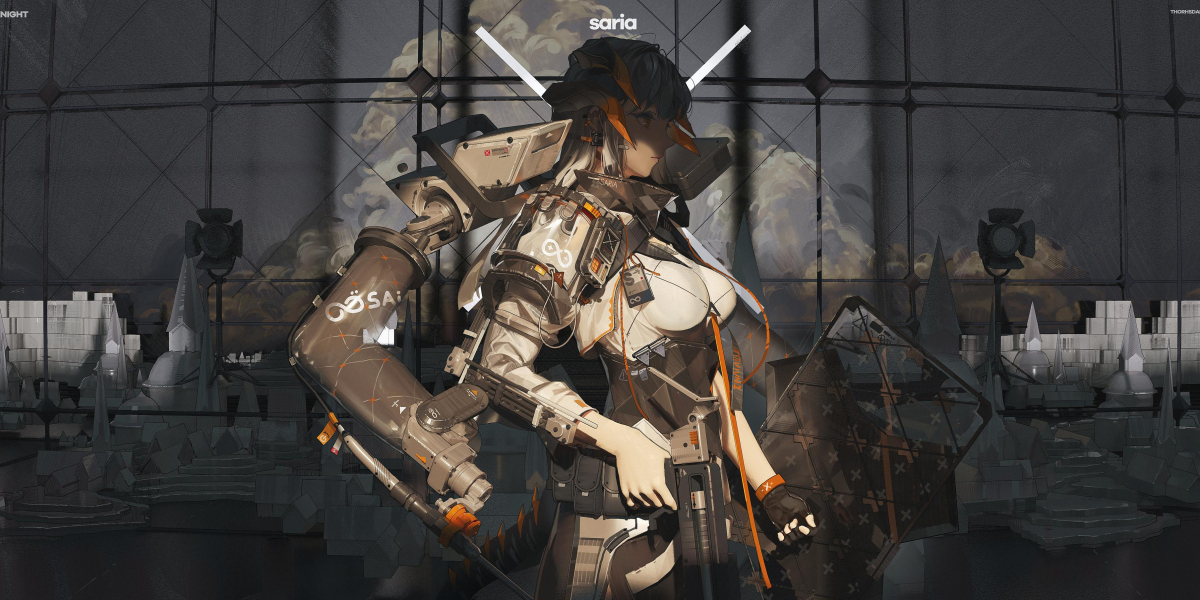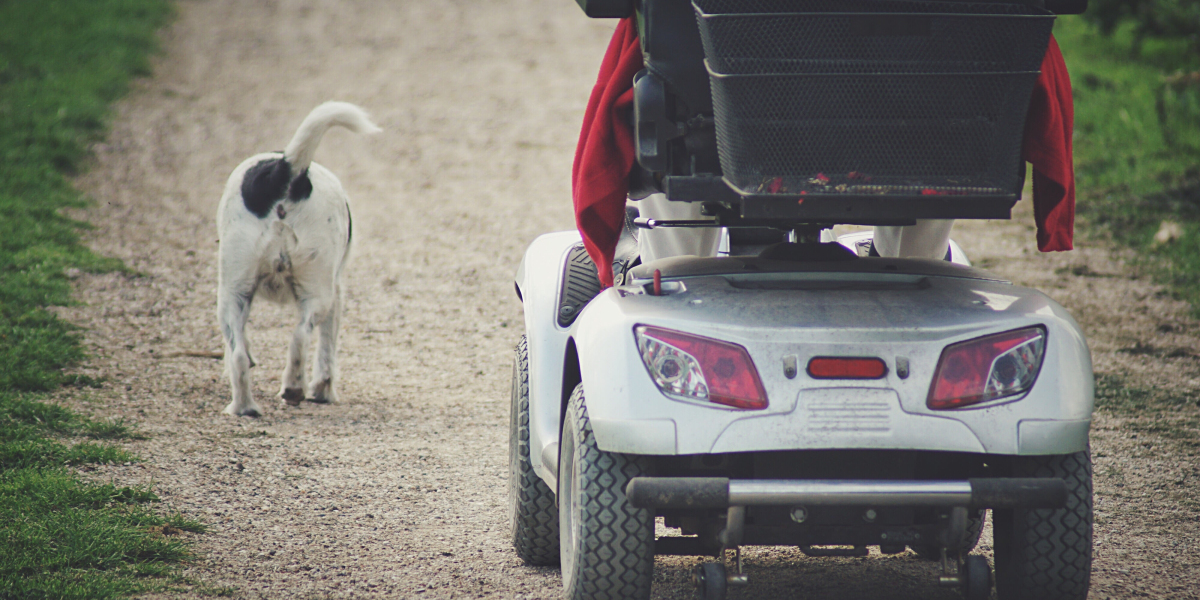Unleash Your Inner Adventurer: Craft Your Own Electric Mountain Board from Scratch!
Electric mountain boards have surged in popularity among outdoor enthusiasts seeking an adrenaline rush and a new way to explore rugged terrains. Unlike traditional mountain boards that rely solely on the rider's strength, electric mountain boards provide an exhilarating experience with the added power of a motor. Building your own electric mountain board not only allows for total customization to fit your riding style but also proves to be a cost-effective solution compared to purchasing a ready-made board. In this guide, we’ll walk you through the process of creating your own electric mountain board from scratch, detailing everything from the essential materials and tools needed to the step-by-step assembly instructions. Get ready to embark on an exciting journey that merges creativity, engineering, and adventure!

Understanding the Basics of Electric Mountain Boards
At its core, an electric mountain board is a fusion of a traditional mountain board and electric propulsion, designed for off-road riding. While traditional boards rely on the rider's skills and physical endurance, an electric mountain board features a motor that assists with acceleration and uphill climbs, making it accessible for riders of all skill levels. Key components include a sturdy deck that supports the rider, all-terrain wheels designed for rugged surfaces, a powerful motor that drives the wheels, and a rechargeable battery that powers the motor. Additionally, an electronic speed controller (ESC) is essential for regulating the motor's speed and ensuring a smooth ride. Understanding these components is crucial as they will guide your choices when selecting materials for your DIY project.
Gathering Materials and Tools
Before diving into the assembly process, it's essential to gather all the necessary materials and tools. For the electric mountain board, you will need a sturdy deck, which can be made from wood or composite materials, four all-terrain wheels, a brushless motor, a compatible battery pack (lithium-ion is popular), and wiring to connect everything. Many riders choose to purchase a motor and battery kit that includes the ESC for seamless integration. As for tools, ensure you have a variety of screwdrivers, wrenches, a soldering iron for electrical connections, and safety gear like gloves and goggles. Local hardware stores, online marketplaces, and specialty retailers can be excellent resources for sourcing these materials. If you're unsure, consider visiting a local maker space or community workshop where fellow enthusiasts can offer advice and share their experiences.
Step-by-Step Assembly Guide
Now that you have all your materials and tools ready, it’s time to start assembling your electric mountain board. Begin by attaching the motor to the deck using the provided mounting hardware. Ensure that the motor is securely fastened to prevent it from loosening during rides. Next, install the wheels onto the motor axle and ensure they spin freely without obstruction. Once the wheels are attached, it’s time to connect the battery and ESC. Carefully follow the wiring diagram, ensuring that positive and negative connections are made correctly to avoid damaging components. After connecting the battery, double-check all connections and ensure that there are no loose wires. Safety is paramount, so consider testing the board without riding it first to ensure the motor engages smoothly. Finally, take the board for a test ride in a safe area, gradually testing its acceleration and braking capabilities. Remember to wear protective gear during this phase!
Testing and Troubleshooting
Once your electric mountain board is assembled, it’s crucial to conduct thorough testing to ensure everything is functioning as expected. Start with a slow ride, paying attention to how the board responds to acceleration and braking. If you notice any unusual sounds or if the board doesn’t accelerate smoothly, it may indicate an issue with the motor or battery connections. Common problems include loose wires, insufficient battery charge, or misaligned wheels. Troubleshooting these issues often involves checking connections and ensuring that all components are securely fastened. Maintenance is key to prolonging the life of your board; regularly inspect the motor, battery, and wheels for wear and tear. Keeping your board clean and storing it in a dry environment will also help maintain its performance and longevity.
Final Thoughts on Your DIY Electric Mountain Board
Building your own electric mountain board is not just a rewarding DIY project—it’s an opportunity to embrace your adventurous spirit and connect with the outdoors in a new way. Through understanding the components, gathering the right materials, and following a structured assembly process, you can create a unique board tailored to your riding style. The sense of achievement that comes from riding a board you've crafted with your own hands is unparalleled. So gather your tools, unleash your creativity, and hit the trails with your custom-built electric mountain board. Adventure awaits!








